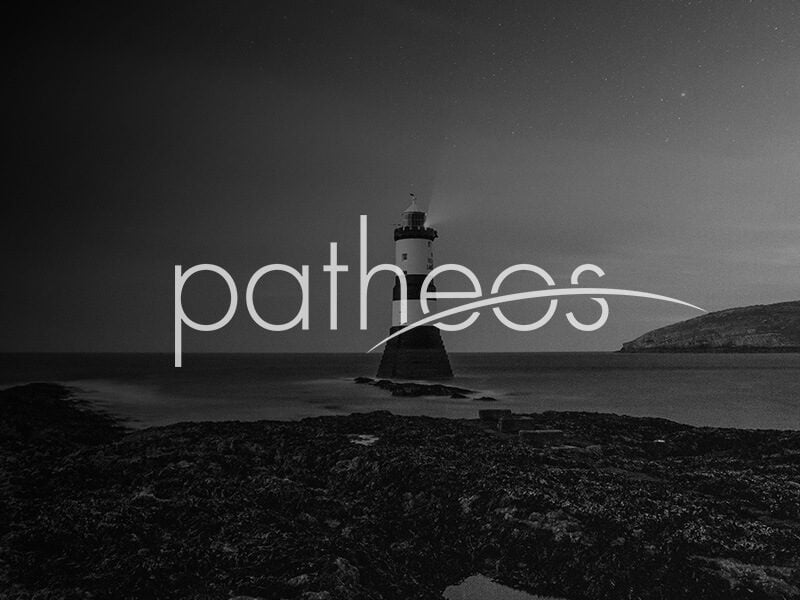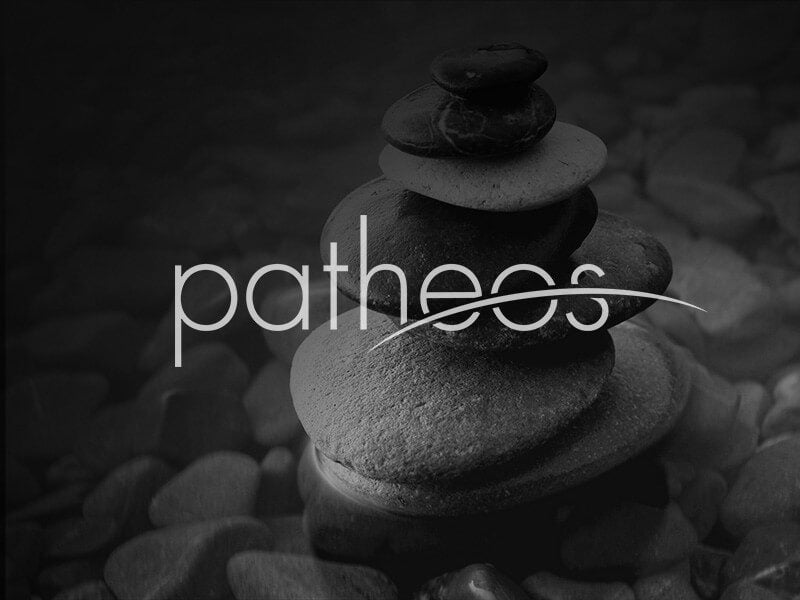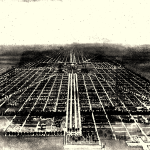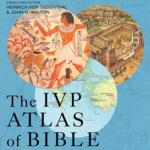Theologians have long been fascinated by the way iron takes on the properties of fire, and have used the analogy for all sorts of things. Luther said that the Word confers its qualities to the soul He indwells as the fire confers heat to iron; some church fathers use the iron in the fire as a Christological analogy; it’s been used as a Eucharistic analogy too. Cyril of Alexandria uses it as a way to explain the passibility of the... Read more















